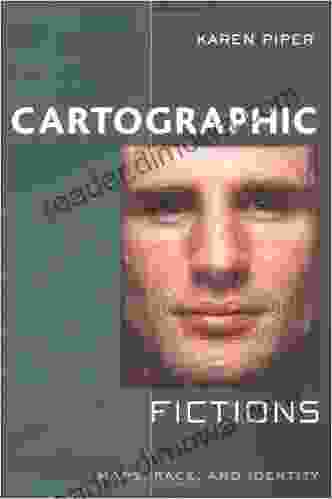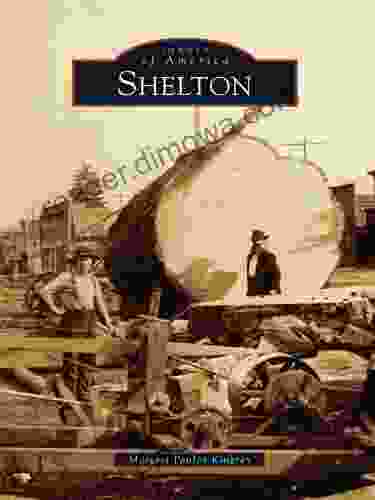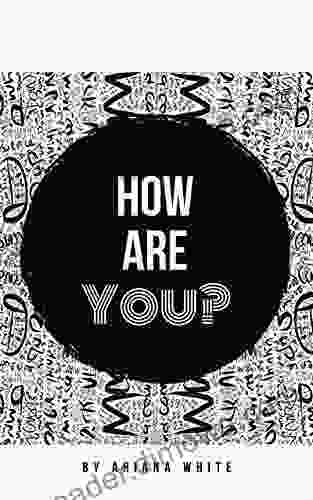Cartographic Fictions: Maps, Race, and Identity

Maps are powerful tools that can be used to shape our understanding of the world. They can be used to represent the physical world, to chart the course of history, or to illustrate the distribution of resources. But maps can also be used to construct and reinforce social and political hierarchies. This is especially true when it comes to maps of race.
5 out of 5
| Language | : | English |
| File size | : | 3461 KB |
| Text-to-Speech | : | Enabled |
| Screen Reader | : | Supported |
| Print length | : | 238 pages |
From the earliest European maps of Africa to the present day, maps have been used to represent and reinforce racial identities. These maps have often been used to justify colonialism and imperialism, and they have also been used to perpetuate stereotypes and discrimination. In this book, we will explore the ways in which maps have been used to construct and reinforce racial identities throughout history.
Chapter 1: The European Discovery of Africa
The first European maps of Africa were created in the 15th century. These maps were based on the accounts of European explorers who had traveled to Africa in search of trade and adventure. These early maps were often inaccurate and distorted, but they nevertheless had a profound impact on European perceptions of Africa.
The early European maps of Africa depicted Africa as a dark and savage continent. These maps reinforced the idea that Africans were inferior to Europeans, and they helped to justify the European conquest of Africa. The early European maps of Africa also played a role in the development of scientific racism. These maps were used to support the idea that there were different races of humans, and that the white race was superior to all other races.
Chapter 2: The Colonial Era
The colonial era was a period of great cartographic activity. European powers commissioned maps of their colonies in Free Download to better control and exploit them. These maps were often used to justify the colonial project, and they also played a role in the development of racial segregation.
The colonial maps of Africa were often highly inaccurate and distorted. They often exaggerated the size of European colonies and downplayed the size of African kingdoms. These maps also often depicted Africans in a stereotypical and demeaning way.
Chapter 3: The Postcolonial Era
The postcolonial era has seen a growing awareness of the ways in which maps have been used to construct and reinforce racial identities. This awareness has led to a number of critical cartographic projects that have sought to challenge the traditional ways of representing race on maps.
These critical cartographic projects have often used alternative mapping techniques to challenge the traditional ways of representing race on maps. These techniques include using different colors to represent different races, using different symbols to represent different racial groups, and using different projections to create different maps of the world.
Maps are powerful tools that can be used to shape our understanding of the world. They can be used to represent the physical world, to chart the course of history, or to illustrate the distribution of resources. But maps can also be used to construct and reinforce social and political hierarchies. This is especially true when it comes to maps of race.
In this book, we have explored the ways in which maps have been used to construct and reinforce racial identities throughout history. We have seen how these maps have been used to justify colonialism and imperialism, and how they have also been used to perpetuate stereotypes and discrimination. We have also seen how critical cartographic projects have challenged the traditional ways of representing race on maps.
The critical cartographic projects that have been developed in the postcolonial era have helped us to better understand the ways in which maps have been used to construct and reinforce racial identities. These projects have also helped us to develop new ways of representing race on maps that are more accurate and less biased.
5 out of 5
| Language | : | English |
| File size | : | 3461 KB |
| Text-to-Speech | : | Enabled |
| Screen Reader | : | Supported |
| Print length | : | 238 pages |
Do you want to contribute by writing guest posts on this blog?
Please contact us and send us a resume of previous articles that you have written.
 Book
Book Novel
Novel Page
Page Chapter
Chapter Text
Text Story
Story Genre
Genre Reader
Reader Library
Library Paperback
Paperback E-book
E-book Magazine
Magazine Newspaper
Newspaper Paragraph
Paragraph Sentence
Sentence Bookmark
Bookmark Shelf
Shelf Glossary
Glossary Bibliography
Bibliography Foreword
Foreword Preface
Preface Synopsis
Synopsis Annotation
Annotation Footnote
Footnote Manuscript
Manuscript Scroll
Scroll Codex
Codex Tome
Tome Bestseller
Bestseller Classics
Classics Library card
Library card Narrative
Narrative Biography
Biography Autobiography
Autobiography Memoir
Memoir Reference
Reference Encyclopedia
Encyclopedia Lisa Schroeder
Lisa Schroeder Todd Telander
Todd Telander Wander Stories
Wander Stories Raymond Bushell
Raymond Bushell Susan Stockton
Susan Stockton Oona Strathern
Oona Strathern Raul German Arancibia Hurtado
Raul German Arancibia Hurtado Leah Franqui
Leah Franqui Lisa Moser
Lisa Moser Kris Kaynes
Kris Kaynes Wally Lamb
Wally Lamb Utkir A Rozikov
Utkir A Rozikov Seth Earley
Seth Earley Newton Galiza
Newton Galiza Richard Starks
Richard Starks Mahogany L Browne
Mahogany L Browne Maribeth Boelts
Maribeth Boelts Rachel Vincent
Rachel Vincent Linda Gregerson
Linda Gregerson Rob Clark
Rob Clark
Light bulbAdvertise smarter! Our strategic ad space ensures maximum exposure. Reserve your spot today!

 Nikolai GogolGreat Gifts Will Be Cherished: A Guide to Finding the Perfect Present for Any...
Nikolai GogolGreat Gifts Will Be Cherished: A Guide to Finding the Perfect Present for Any... Josh CarterFollow ·2.6k
Josh CarterFollow ·2.6k Caleb CarterFollow ·2k
Caleb CarterFollow ·2k Andy ColeFollow ·15.4k
Andy ColeFollow ·15.4k Anthony BurgessFollow ·12.2k
Anthony BurgessFollow ·12.2k Ian McEwanFollow ·17.7k
Ian McEwanFollow ·17.7k Glen PowellFollow ·5.8k
Glen PowellFollow ·5.8k Ben HayesFollow ·17.7k
Ben HayesFollow ·17.7k Scott ParkerFollow ·3.2k
Scott ParkerFollow ·3.2k

 Justin Bell
Justin BellBedtime Story in English and American Sign Language: A...
Embark on a...

 Eli Blair
Eli BlairUnlock Your Compensation Plan Potential: An In-Depth...
In the realm of sales and network...
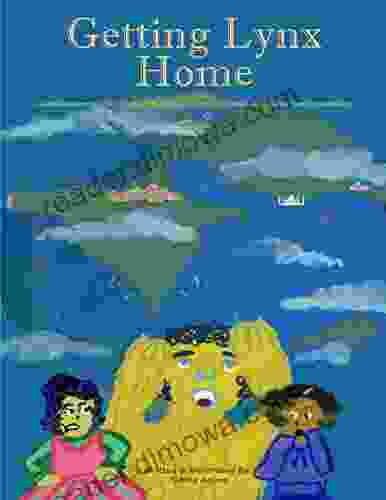
 Asher Bell
Asher BellAn Adventurous Tale Filled With Architectural Cultural...
Prepare yourself for an enthralling...

 Jeremy Mitchell
Jeremy MitchellStories from My Life and Blue Jays Baseball
By Paul Beeston In...

 Tim Reed
Tim ReedDiscover the Hidden Culinary Gems of New York City with...
Embark on a Culinary Adventure through the...
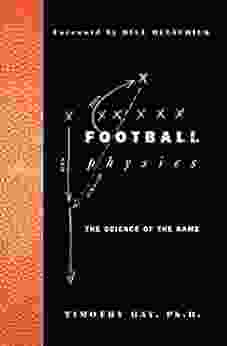
 Natsume Sōseki
Natsume SōsekiFootball Physics: Unlocking the Secrets of the Beautiful...
Football is a game...
5 out of 5
| Language | : | English |
| File size | : | 3461 KB |
| Text-to-Speech | : | Enabled |
| Screen Reader | : | Supported |
| Print length | : | 238 pages |


